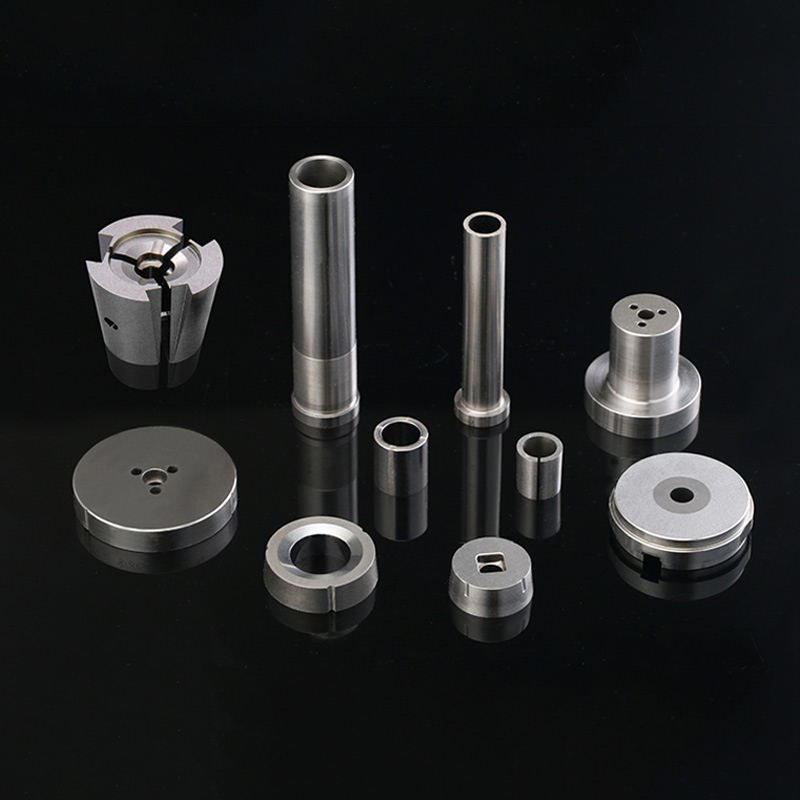Fastener Dies play a crucial role in the manufacturing process of fasteners, such as bolts, nuts, screws, and rivets. Using the right Fastener Die can significantly improve production efficiency by optimizing various aspects of the production process. In this article, we will discuss how Fastener Dies contribute to improving production efficiency by enhancing cycle time, reducing defects, and optimizing material usage.

1. Reducing Cycle Time
Cycle time refers to the total time required to produce a single unit of product. In fastener manufacturing, cycle time is a critical factor in determining overall production efficiency. The right fastener die can drastically reduce cycle time by ensuring precise and smooth operation during the production process.
A well-designed die enables faster and more accurate shaping, cutting, and forming of fasteners, resulting in higher throughput. For example, Cold Heading Dies are commonly used in fastener manufacturing to form the initial shape of bolts or nuts. With the right die design, the time it takes to form the fastener is minimized, thus reducing the overall cycle time and increasing production capacity.
2. Minimizing Defects
Defects in fastener production can lead to costly rework, waste, and downtime, all of which reduce overall production efficiency. Fastener dies that are well-designed and maintained ensure high precision and consistency in the manufacturing process, reducing the likelihood of defects such as dimensional inaccuracies, cracks, or surface irregularities.
For instance, precision thread rolling dies create perfect threads on fasteners, which are critical for ensuring proper fit and functionality in assembly. Using the right die design can reduce errors in threading, eliminating the need for costly inspections and rework, which in turn improves overall productivity.
Moreover, regular maintenance and timely replacement of worn-out dies can prevent defects caused by tool degradation, further improving the consistency and quality of the fasteners produced.
3. Optimizing Material Usage
Efficient use of materials is a key factor in improving production efficiency and minimizing production costs. In fastener manufacturing, the material used must be shaped precisely to reduce waste during the production process. The right fastener die can help optimize material usage by minimizing scrap and ensuring that the correct amount of material is used in each fastener.
For example, in cold forging processes, the material is squeezed into the die cavity, and excess material is trimmed away. By using a die with an optimized design and proper material flow, manufacturers can ensure minimal waste and maximum material utilization, leading to cost savings and better resource management.
Additionally, advanced die designs can enable more complex shapes to be produced in fewer steps, reducing the need for multiple operations and, in turn, minimizing material waste and energy consumption.
4. Improving Consistency and Quality
The use of the correct fastener die ensures that each product is produced with consistent dimensions and quality. Consistent quality across large batches of fasteners is essential for meeting industry standards and customer expectations. With high-quality dies, manufacturers can ensure uniformity in the production process, leading to better product performance and less downtime for quality control.
Fastener dies with precise engineering capabilities ensure that each fastener is produced within the required tolerance limits, making the final product highly reliable and efficient. This consistency contributes to customer satisfaction and reduces the likelihood of returns or defects, improving the overall efficiency of the production process.
5. Automating Production Processes
Modern fastener dies are designed to work seamlessly with automated production lines, allowing manufacturers to significantly increase production rates while minimizing labor costs. Automated systems that integrate with fastener dies can further streamline operations, reducing human error and improving the overall speed of production.
For instance, automated loading and unloading systems can work in tandem with die machines, ensuring faster and more efficient processing of raw materials and finished fasteners. With the ability to run continuously, automated systems help maintain consistent production rates, reducing downtime and optimizing overall productivity.
Fastener dies are indispensable tools for enhancing production efficiency in fastener manufacturing. By reducing cycle times, minimizing defects, optimizing material usage, improving consistency, and supporting automation, the right fastener die can significantly improve the efficiency of the production process. Manufacturers that invest in high-quality, well-designed dies not only improve their production rates but also ensure that their fasteners meet the required standards of precision and quality, ultimately boosting their profitability and competitiveness in the market.











